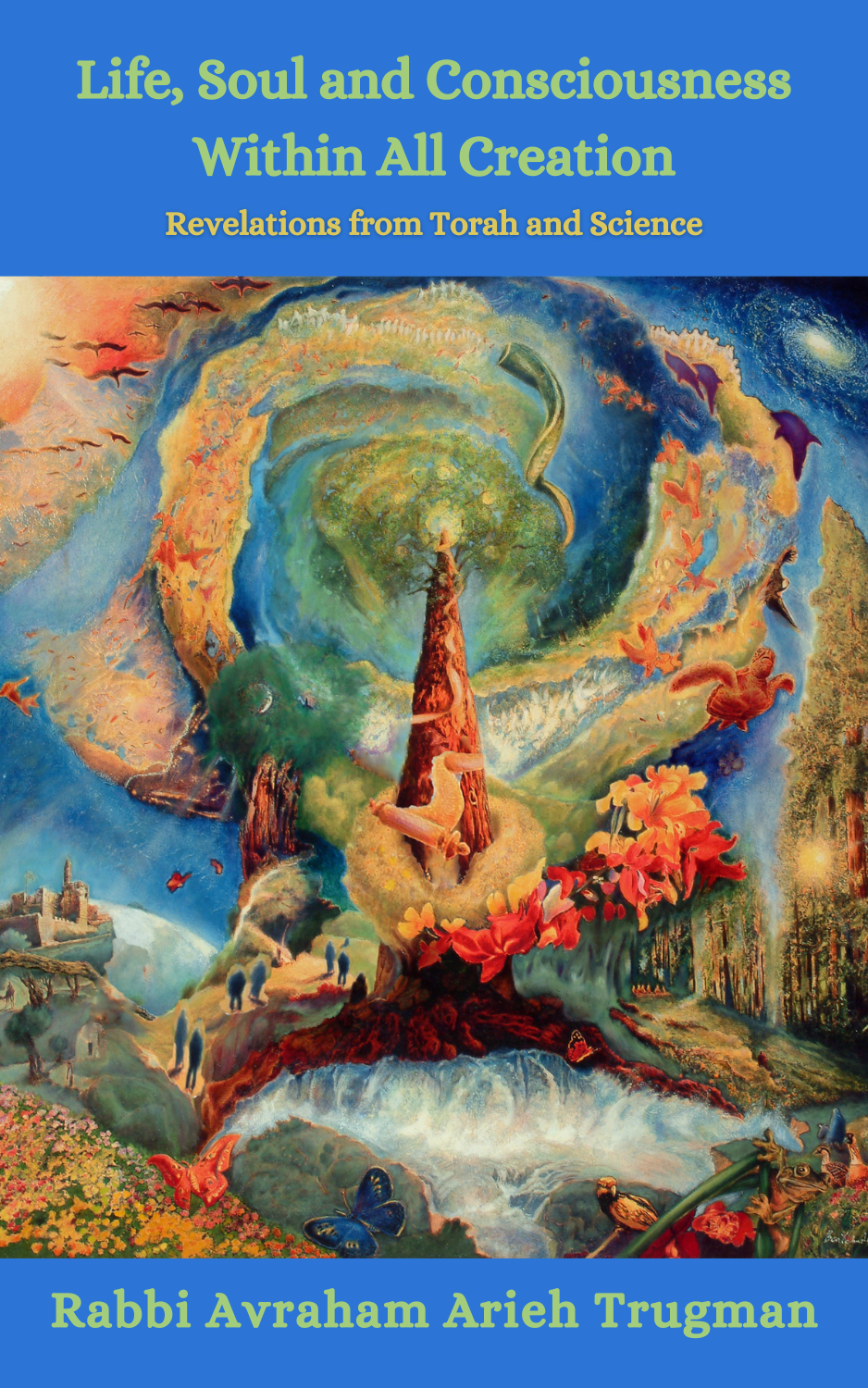The Torah tells us that the night before his confrontation with Esau, Jacob took his wives, children, and possessions to safety on the other side of the Yabbok stream. Then it relates that “Jacob was left alone and a man wrestled with him till the daybreak” (Genesis 32:24). The oral tradition picks up on this seeming contradiction: if Jacob had just brought his family and flocks to safety than how could he have been left alone? Rashi resolves this question by citing the tradition that Jacob crossed back to the Yabbok’s other bank. However, this merely raises another question: why did Jacob go back? Rashi addresses this question by quoting the Talmud (Chullin 91a) which reports that Jacob had forgotten to take some “small vessels,” so he returned to retrieve them.
This Talmudic explanation seems somewhat odd: would Jacob have really been so concerned about a few small items at such a critical time? On the simple peshat level, we can explain that these vessels really were vessels. As for why Jacob cared about them so much, based on the Talmud, Rashi explains that the righteous prize their physical possessions because they know how much honest, hard work has gone into obtaining them. They know these possessions are free of any taint of sin. The Stone Chumash (published by ArtScroll) expands this notion by explaining that the righteous are able to invest even their most mundane possessions with great holiness and spiritual value. So for these reasons, Jacob prized his vessels.
Kabbalah and Chassidut, adopt a mystical approach, explaining that the numerical value of the Hebrew phrase for “small vessels” is 359. The Hebrew word for “Satan” is also 359; and the numerical value of the word “nachash” (the primordial snake in the Garden of Eden) is 358. The Kabbalah teaches that in tabulating the numerical value of a word, the number one may be added to represent the entire word. Therefore “Satan” and “Nachash,” both equaling 359, may be viewed as alternate names for the same evil energy. Fittingly, the spiritual counterbalance to the primordial snake and Satan is the Mashiach, whose name also equals 358 (without adding a one). But what does this have to do with Jacob and Esau?
Jacob’s crossing back over the Yabbok represents, as we explained above, his need to come to terms with himself before confronting Esau. He was unsettled and agitated, unprepared for his meeting with destiny. We noted that the wrestling match he had with the “man” he met there, on the one hand, reflects his internal struggle but, on the other hand, also reflects his wrestling with the dark and difficult relationship he had with Esau.
This, however, is merely the tip of the iceberg, as Rashi hints to an even more profound struggle going on. Rashi proposes that the “man” Jacob wrestled with was Esau’s angel; according to tradition, this angel is none other than Satan himself. Thus, this wrestling match is merely a reflection of the real battle going on between Jacob, representing the forces of good, and Esau and his angel, representing the forces of evil.
Jacob’s very name alludes to this battle for he was born holding onto Esau’s heel. The word “heel” was first mentioned in the Torah after the snake had convinced Eve to eat from the Tree of Knowledge of Good and Evil and Adam ate as well. God cursed the snake and concluded by describing the eternal battle between humankind and the evil inclination (the snake): “He will pound your head and you will bite his heel” (Genesis 3:15).
The archetypal image of Satan biting at humanity’s heel comes to life in Jacob holding onto Esau’s heel, determined to prevent Esau from “biting his heel.” The wrestling match that Jacob waged on that auspicious night was indeed a fight to the eschatological end: Satan versus the Messianic spark in Jacob, that spark of potential which had been waiting Jacob’s entire life to be awakened. Jacob’s crossing the stream to retrieve his “small vessels” was in fact his engaging in the struggle to awaken the Messianic spark in him to combat Satan. This entire spiritual equation is alluded to by the numbers 358 and 359.
Parenthetically, in Judaism, Satan is not an evil force independent of God, competing with Him for the throne of glory. The role that Satan, the snake, and the evil inclination play throughout history is not one of their own making but a role God, Himself, has ordered them to play. God has decided that in order for human beings to have free will and truly fulfill their destiny of having been created in His image, there must be a force to seduce, tempt, and try them so that they can grow through trial and error. Thus, the battles between Jacob and Esau and between the Mashiach and Satan are ones God has set up to allow humanity to ascend in spirituality. Indeed, Rabbi Yitzchak Ginsburgh teaches that the numerical value of the two words “Jacob” (182) and “Satan” (359) equals that of “Israel” (541)!! The wrestling match between them actually allowed a new dimension of Jacob to be revealed, allowing him to become Israel.
The Ba’al Haturim points out that the numerical value of the Hebrew word for “he wrestled” equals that of the Hebrew phrase for “throne of glory.” Furthermore, the root of the word “he wrestled” shares the same root with dust. Combining these two insights, the Sages conclude that the dust of the wrestling reached the throne of glory (Chullin 91a). The archetypal confrontation between Jacob and Esau bears testimony to humanity’s fundamental aim in this world: to do battle with those forces attempting to prevent mankind from fulfilling its purpose and mission in this world.
The phrase “small vessels” – which could have been translated as “small jars” or “small flasks” – was translated this way to stress another mystical explanation for Jacob going to get them. The Kabbalah explains that the first seven kings descended from Esau (who rule and die) represent the primordial World of Chaos, where the initial immature vessels shattered when they could not hold the primordial light of creation. In Kabbalah, humanity is charged with rectifying the world and repairing the broken vessels. (See “Transcendence” at the beginning of this portion.) In order to prepare for his confrontation Jacob needed to cross over the Yabbok and return to his essential self, to gather up his own “broken vessels,” all those places within himself that needed repair.
A further message these “vessels” may teach us is that there is no vessel as whole as a broken heart. In light of this Chassidic teaching, we can imagine Jacob standing alone, praying to God from the depths of his heart that He help him realize his potential; that He help him rectify his broken vessels and merit God’s protection and love. Jacob’s return to retrieve these “small vessels” represents not only his personal struggle but the struggle of all those who strive to fulfill their potential.







